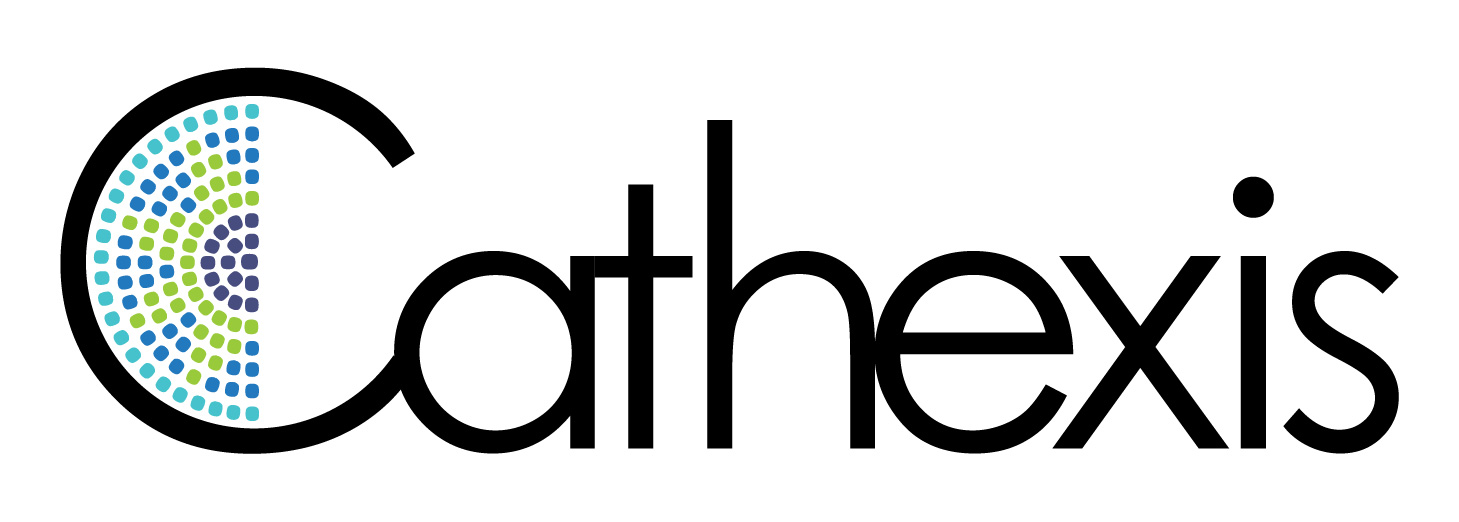October 13th is International Plain Language day – and we’re celebrating!
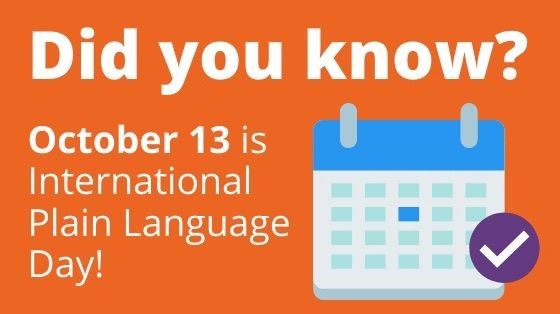
What is plain language?
Plain language is easy to read, understand, and use. When you write in plain language, your reader can understand your message the first time they read it, saving them time and effort.
Why is plain language important to Cathexis?
At Cathexis, we understand that busy clients do not have time to read long, overly wordy documents. We apply plain language principles to all our communications – emails, summaries, reports, etc. – so our clients can quickly and easily find the information they need, understand it, and act on it. For example, we recently created a new Excel data analysis tool for a client. We were delighted to receive the following feedback: “I absolutely love how user-friendly you made the document, and I am excited to explore.”
Misconceptions about plain language
Plain language is not about dumbing down words or oversimplifying complicated concepts. Writing in plain language is a skill that takes effort and practice. As William Zinser wrote, “Writing is hard work. A clear sentence is no accident. Very few sentences come out right the first time, or even the third time.”
Looking for tips on how to write in plain language?
As we celebrate plain language day, we wanted to share some of our top tips on writing in plain language.
Tip 1: Put your reader first
Think about your readers before you start writing. What do they already know? What do you need to explain? Engage your reader by using “you”, “we” and “I” when appropriate. If you use any acronyms or abbreviations, make sure to explain them.
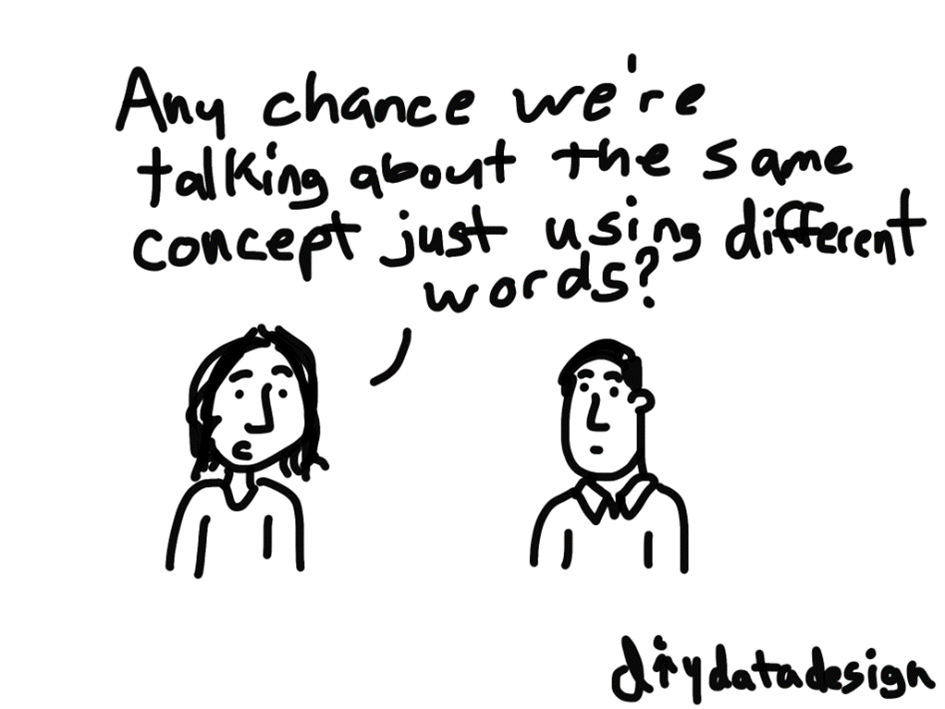 Source: https://freshspectrum.com/
Source: https://freshspectrum.com/
Tip 2: Use words and phrases that are easy to understand
Choose common words that are familiar to your reader. Using everyday words makes it easier for your reader to find the key information in your message. For example:
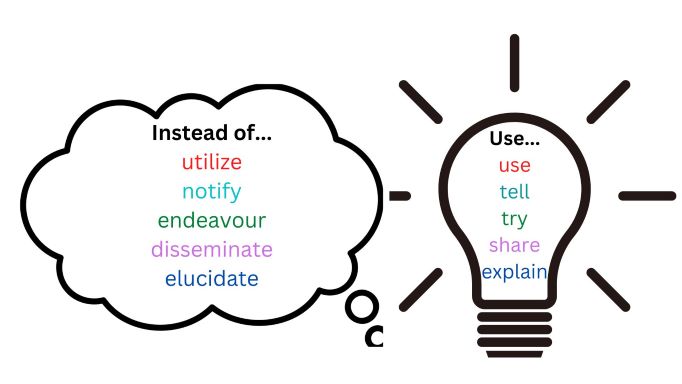
Tip 3: Cut wordy fillers
Wordy fillers are unnecessary words that sneak in between relevant words, especially during early drafts of your writing. Wordy fillers do not add useful meaning to the sentence and can be cut as you edit to make your writing more concise. Next time you edit, try cutting these wordy fillers:
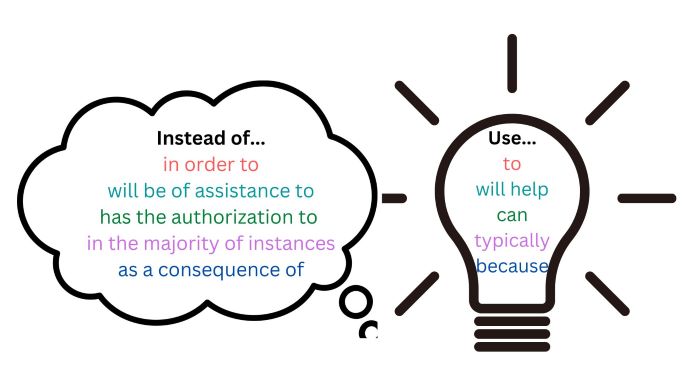
Ready to test your plain language skills? Try this Plainly Said 1 quiz on the Language Portal of Canada.
